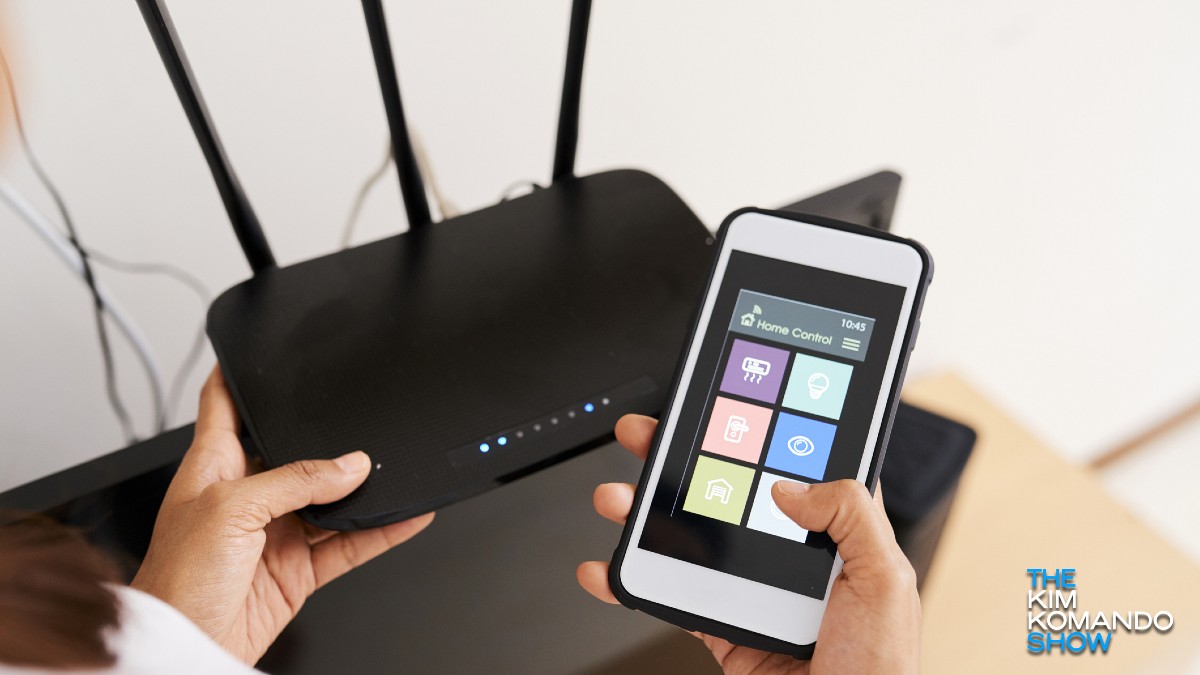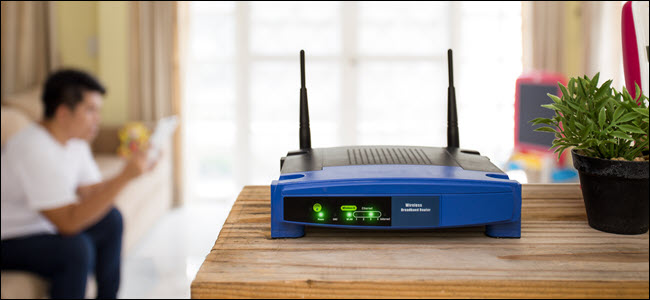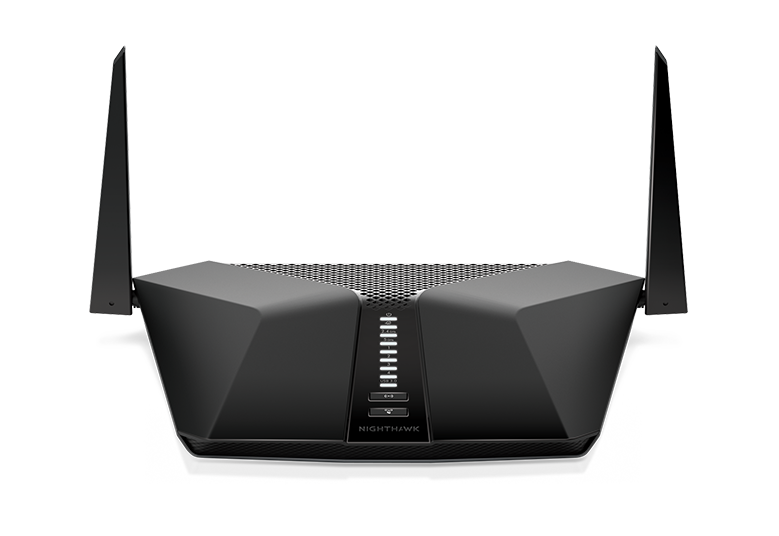

Most have built-in ethernet switches (four ports or more), so you can hardwire network devices directly to the router. Traditional routers tend to offer more granular control over your network, with tweakable settings for features such as QoS (Quality of Service), port forwarding, VPNs, FTP servers, and much more. The Netgear Nighthawk X10, for instance, has a 10Gbps ethernet port for network storage. High-end conventional routers offer high-performance features you won’t find in mesh Wi-Fi systems. You can skip to our latest mesh Wi-Fi router reviews by clicking here. We’ll also explain some of the jargon you’ll encounter when you shop for one. Scroll down a bit (or click here) and we’ll discuss the features you should look for in a mesh Wi-Fi system. But it’s those challengers who have innovated the most. Today’s hero could be tomorrow’s has-been, as established brands like Linksys and Netgear try to one-up each other while simultaneously fending off new challengers such as Eero (now owned by Amazon) and Google. Innovation is one of the biggest upsides of this dynamic, and confusion its biggest downside. Twin and sometimes conflicting demands for high performance and ease of use are powering a thriving and rapidly evolving market. Best mesh Wi-Fi system for smart homes: Samsung SmartThings Wifi.Best budget mesh Wi-Fi system: TP-Link Deco M5.Best mesh Wi-Fi system: Netgear Orbi RBK50.We pick the best mesh systems here, because even those of us fortunate enough to have ethernet drops everywhere have devices-smartphones and tablets, for instance-that depend on Wi-Fi to connect to the home network and the internet. You can deploy a mesh Wi-Fi router without any satellites, but you’d be losing out on all the coverage benefits that mesh technology provides. If you’re suffering with low wireless throughput or dead spots in any area of your home, we heartily recommend deploying a mesh network consisting of a Wi-Fi router with one or more satellite nodes that you sprinkle around your home, because it will blanket your home with coverage. Purchasing from links above may earn us a comission.A great wireless router is an essential element of tech life, whether you’re building out a smart home or you just want the best experience streaming music and video at home. We are hard at work testing and researching the best products for you. Wireless speed test was done using ten different devices from the distances of 5 feet, 15 feet, and 30 feet. Please note that most of the time wireless routers are packed with unnecessary features to boost the price range, but we have researched and found these routers are better than other routers out there. The above-mentioned routers are the best wireless routers in own category and features. As a result, by the time the data reaches your devies it loses the strength and sometimes even the data. Without BEAMFORMING, Wi-Fi router would send the data using 360 degree.

What is BEAMFORMING?īEAMFORMING is a technology that sends internet traffic to the angle of your devices. It prioritizes traffic to your devices based on classification such as video streaming, video chatting, or online gaming. QoS is the abbreviation of Quality of Services. Using Dual-Band or Tri-Band gives an edge over Signle Band because these combined frequencies get less congested and add all of the benefits of 2.5 GHz and 5 GHz What is QOS? For Tri-Band, it adds an extra 5 GHz to Dual Band.

For example, Single Band uses 2.5 GHz or 5 GHz and Dual Band uses both 2.5 GHz and 5 GHz. Single Band, Dual Band, or Tri-Band are the commbinations of these radio frequencies. What do Single Band, Dual Band, or Tri-Band mean?įor Wi-Fi network, there are two types of most used radio frequencies out there, for example, 2.5 GHz and 5 GHZ.

This way the router fetches the data quicker. For example, if you have two devices connected in your interent network, MU-MIMO router will pin-point the location of the devices and send signals to those devices instead of everywhere in the house. On the other hand MU-MIMO router works by connecting multiple devices simultaneously and in the direction of connected devices instead of everywhere. Regular router works by sending Wi-Fi signal everywhere simultaneously but connecting devices sequentially. MU-MIMO requires 802.11AC Wi-Fi technology. MU-MIMO is the abbreviation of Multiple User Multiple Input and Multiple Output.


 0 kommentar(er)
0 kommentar(er)
